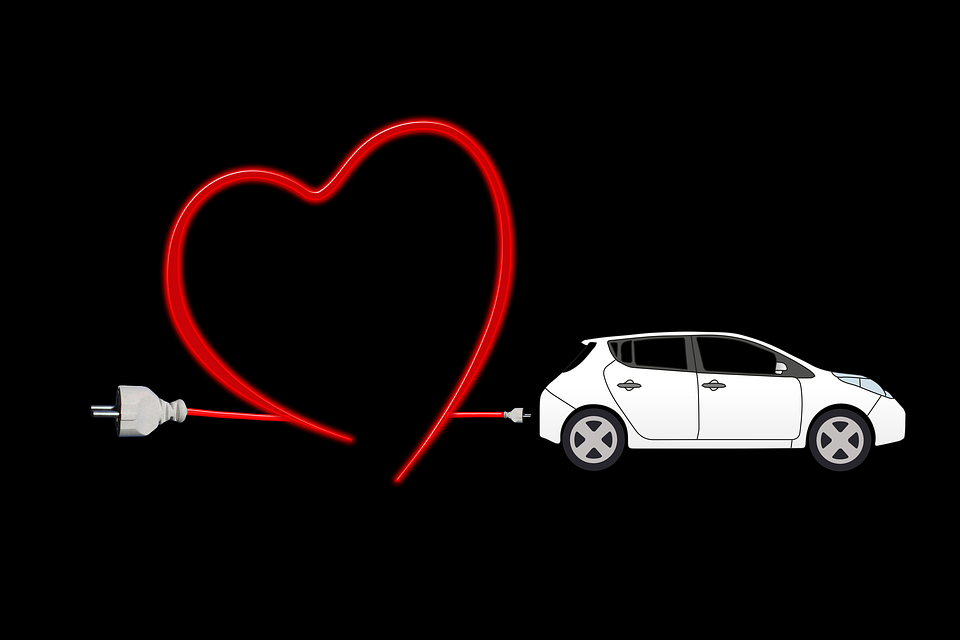For enthusiasts of green motoring, the last few years have certainly brought more good news than the decades that went before them. With governments worldwide looking at moving away from fossil fuel vehicles within the next few decades, companies that want to keep up with the changing marketplace are being forced to look into new technology. Electric and hybrids seem to be the way of the future, but what does this change mean for right now?
We do know that, traditionally, there’s been less choice for the green motorists compared to petrolheads. Given we’re now well into the age of non-fossil fuel cars, are the choices improving for the green-minded car enthusiast?
The good news is that some vehicles are appearing on the horizon that answer that question in the affirmative; choice is no longer the reserve of the piston engine.
Manufacturers Are Accepting The Inevitable
The news of more and more countries looking at going electric is a positive step for the environment, but most announcements have come with an underwhelming deadline of the late 2030s. However, the effect on manufacturers has been a pleasant surprise, as they are beginning to see the futility of continuing to develop all-fossil fleets.
One result of this acceptance is that electric vehicles are going to join the true, reliable heavyweights of the road. A great example of this is the forthcoming Land Rover PHEV LSE. With a sturdy workhorse frame, this is an electric vehicle that gives a feeling of safety on the road, and a welcome addition to the Chevy Bolt in that respect. As a result of its reassuring sturdiness, the feeling of needing a car accident law firm number to hand “just in case” of any unexpected surprises, should diminish with the PHEV LSE.
The Electric Car Range Problem Is Getting Better
Until recently, if you could find an electric vehicle that would do more than 200 miles per charge, you held onto it for dear life. With charge points not exactly around every corner, range has been the defining issue of all electric cars to date.
Good news, then, comes in the shape of a few cars that are soon to be released to the market. The Tesla Model S is capable of hitting 295 miles before needing a charge. Furthermore, Mercedes have announced that their EQ — slated for 2019 — will have a range of 311 miles. These models show that the improvements in range might be slow, but they are getting better.
“Affordable” Will No Longer Mean “Awful”
The inconvenient truth for many electric car fans is that, if you want quality, you either have to pay a lot or accept a small range. Fortunately, the gap in the market for a longer range green car that you’ll actually want to drive is now in the midst of being filled. As you might expect, Tesla are the ones blazing the trail, with their Model 3 about to hit the streets at an affordable $35,000– and a 215 mile range. Electric cars that are affordable and go the distance? The future might just be green after all.




